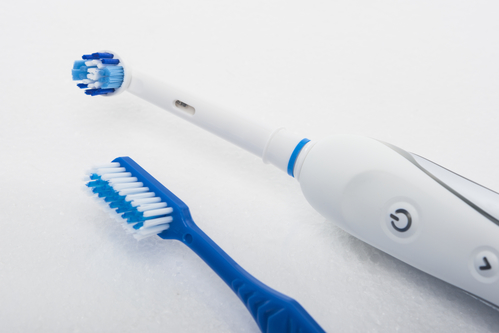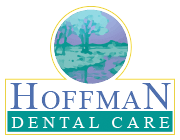
How old is your toothbrush?
If there’s absolutely no way you can answer that question, it’s probably time to chuck it and grab a new one. And if you’re like most Americans, the toothbrush sitting in your bathroom is long overdue for replacement.
When you brush your teeth, you remove bad bacteria from your mouth to help prevent cavities and periodontal disease. Brushing is one of the most important daily steps to build great oral health and keep your smile for life. If your toothbrush isn’t up to the task, you’re putting your teeth at risk.
Below, we’ve put together some of the most compelling reasons for regular toothbrush replacement – if you have any questions about your toothbrush or other oral hygiene tools, just get in touch.
Why You Need a New Toothbrush
Wear and Tear
Your toothbrush is doing its best to stand up to bacteria and plaque. But months of twice-daily brushing leave it looking a little lackluster. The bristles on a toothbrush are typically as effective as possible for about three months. After that point, the bristles fray and splay out at the sides of the toothbrush. The bristles aren’t as able to access spaces between your teeth and thoroughly clean your pearly whites.
You’re actually making your oral hygiene easier on yourself by getting a new toothbrush. The next time you brush with new bristles for the first time, take note of how easy it is to get that fresh, clean feeling – it’s thanks to the new brush.
Remember, three months isn’t necessarily the perfect timeline for every person. If you tend to brush your teeth aggressively, pushing the bristles into your teeth, it may become worn more quickly. Look at the bristles and see whether they are bent or pushed flat. Some toothbrushes also have a colored stripe down the center of the bristles that fades over time to help remind you to replace it.
Bacteria
There are gross pictures of bristles covered in bacteria, sure – but these shouldn’t be as alarming as they come off. The thing is, that bacteria is from your own mouth and you’re accustomed to it. It’s not necessarily harmful, even though it’s lurking in your toothbrush.
That said, if you’ve recently been sick, the contents of your toothbrush are actually problematic. Bacteria and viruses can reside in toothbrush bristles and lead to reinfection even after you’ve gotten better. If you’ve had a cold, the flu or another infectious disease, grab a new toothbrush from the drugstore once your sniffles are starting to fade. You should also keep your family’s toothbrushes separate from one another so that they don’t cause cross-contamination.
Keeping Your Toothbrush Clean
You should store your toothbrush properly so that you can minimize bacterial content. After you brush your teeth, rinse the bristles and store your toothbrush in an upright position so that it can air dry. Your toothbrush should not be kept in an enclosed space like a case because this can create an environment that encourages bacteria growth.
Never share your toothbrush. This passes bacteria from one mouth to another, which can throw off your oral environment. If one person have gum disease or a cavity, those harmful bacteria can be passed to the one sharing their toothbrush.
If you’re interested in sanitizing your toothbrush, you can soak it in mouthwash or a solution of 1 part water and 1 part hydrogen peroxide. Soak it for 10 minutes, then rinse it well and store is in the way we mentioned. Know that this practice has not been proven to improve your oral or whole body health – it’s more for peace of mind than anything. Never try to sterilize a toothbrush in the microwave, dishwasher or boiling water as this will warp the toothbrush and reduce its effectiveness.
It’s also a good idea to flush the toilet with the lid closed so that there’s no risk of bacteria reaching your toothbrush. This might sound surprising, but flushing the toilet can send a spray of bacteria into the air (as high up as 10 inches). Simply close the lid before flushing and you can avoid that, especially if your toothbrush is anywhere nearby. If possible, it can be a good idea to keep your toothbrush in your bedroom so that the toilet is out of the equation.
Time to replace your toothbrush? Ask about which type of toothbrush Dr. Hoffman would recommend for your needs at your next dental exam. Some patients do better with standard toothbrushes, and some with electric. We’ll recommend an option that fits your needs. Remember, if you have an electric toothbrush you should still replace the head every 3 months – check with your toothbrush manufacturer to find replacement heads online.
Happy brushing!
Macomb County General Dentist | General Dentistry Macomb County | General Dentist Macomb County




